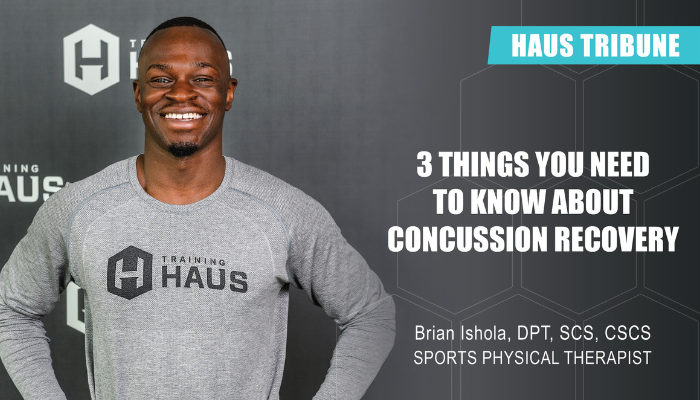
3 Things You Need to Know About Concussion Recovery
Concussions are common across many sports, but they are a unique injury. While you can take an x-ray of a broken bone, you can’t see your brain with the same objectivity. This complicates recovery because symptoms are being treated based upon what a patient can say rather than visually seeing the issue within the brain. You can feel better from day to day, but your eyes, vestibulo-ocular reflex, and balance may not be back to normal which will impact your level of activity. Using technology at our state-of-the-art concussion facility at TCO Eden Prairie, we can objectively diagnose a concussion and pinpoint where symptoms are coming from to get you back on the field as quickly and safely as possible.
1. Eyes
Our eyes do a lot for us, but a concussion can disrupt how our brain receives sight. Three common issues are convergence, smooth pursuits, and saccades. Convergence is how our eyes see an object move from far away to up close, like when a wide receiver catches a pass or a goalie blocks a puck. Smooth pursuits and saccades are how our eyes track slow and fast motion, respectively.
We utilize a device called EYE-SYNC® – a Virtual Reality (VR) headset, which is an FDA-cleared assessment tool that pin-points how well the eyes are working. Using this, we can test different eye movements to determine an athlete’s readiness to get back to their sport. In addition to tracking a patient’s progress on the road to recovery, our testing methods also provide us with a database to compare their results to millions of data points. This data allows us to see how they stack up by both percentile and age nationally.
2. Vestibulo-Ocular Reflex
Although it may sound intimidating, the vestibulo-ocular reflex (VOR) is simply how your inner ear (vestibular) and eyes (ocular) work together. When your head is moving, your eyes should also be moving at a 1:1 ratio, but a concussion can throw off that proportion, causing dizziness, blurred vision, and headaches.
In basketball, think of the VOR as a key factor for rebounding in basketball. As a player positions themselves under the hoop, jumps to grab a rebound, and pivots to survey the court for potential passes, the VOR ensures that their eyes stay focused on the surrounding players.
It can be difficult to separate the eyes from the vestibulo-ocular system, but with our VR headset, we can analyze this ratio and isolate the system for personalized treatment.
3. Balance
Balance is the integration of how well your eyes, vestibular system, and sense of touch operate together. Because balance utilizes all three systems, it can be difficult to tease out which system(s) are affected and need to be treated to make a full recovery. Picture it like a three-legged stool – if one leg is wobbly, the whole structure becomes unstable. In sports, having good balance means better agility, coordination, and injury mitigation.
At our concussion facility, we do in-depth testing of all three systems, making sure your recovery is safe. We utilize highly-sensitive force-plates that can measure weight-shifting, stationary balance, and more.
So, as you’re getting back into the game, ensuring these three balance systems work harmoniously is like laying a strong foundation for a successful comeback, reducing the risk of slips, falls, and enhancing overall performance on the field.
Remember, the longer you wait to be seen for a concussion, the longer your recovery will take. Luckily, advancements in objective testing have improved concussion recovery by pinpointing the exact issue for treatment, getting you back to playing the game you love at the same level of skill.

